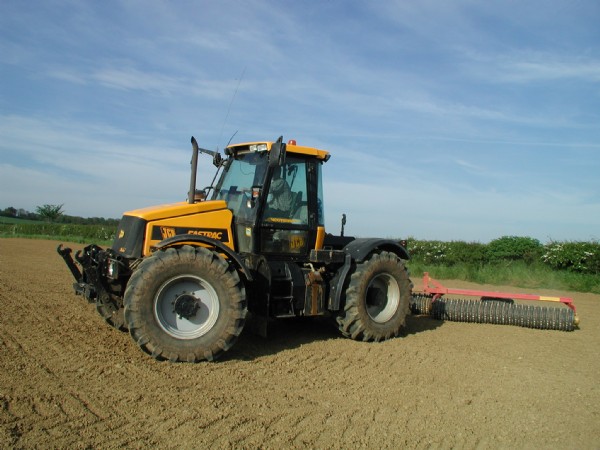

If looking for a forage crop to establish late in the year, after maize for example, then the choice of species is crucial. Late sowing can be difficult for non-aggressive options, including clovers.
Aggressive, fast establishing grasses are best as they will get away well before winter sets in. Westerwolds grow in low temperatures and can provide a useful early bite in March or a first cut in mid April.
If looking for an option that will last longer than one year, then Italian ryegrass is a good choice. This species will give similar yields to Westerwolds, but offer the additional benefit of lasting for two years if required.
Both of these can be used alone or, at this time of year, planted in a mix with hybrid ryegrasses.
Either of these ryegrasses should be drilled or broadcast as soon as possible, and before the middle of October. Relatively inexpensive, these cost around £35-36 per acre.
If looking for a green manure, then rye and vetch are a late season option which will give excellent overwinter cover and improve soil nutrient and organic matter levels dramatically. These can be drilled now and left in till late Spring.
As bare soil is vulnerable to soil erosion and nutrient leaching, planting the right species now is definitely the best way to prepare for winter.
Date Posted: 3rd October 2011



